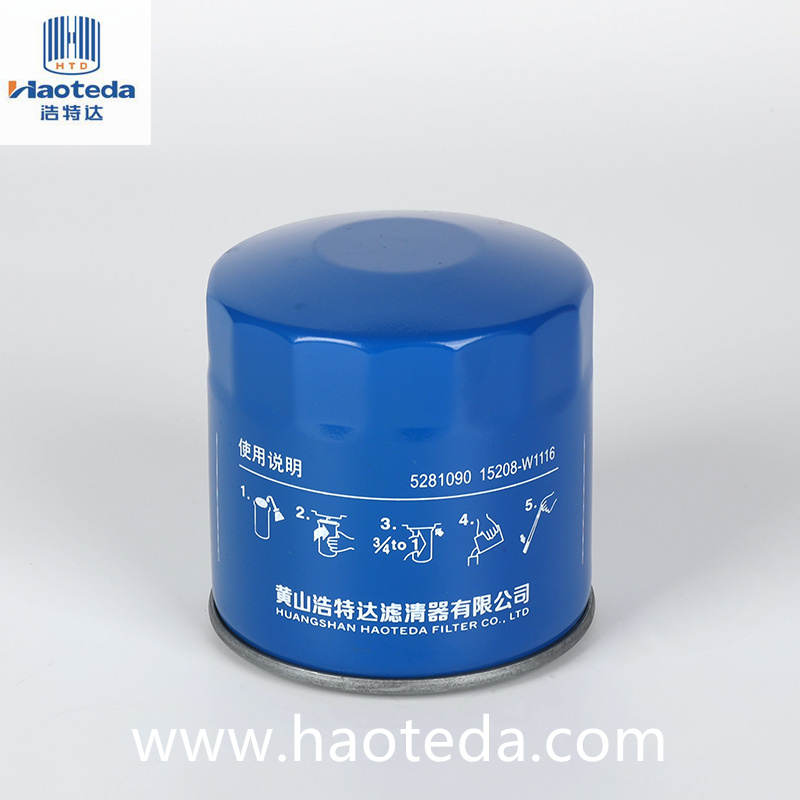The perforation pattern on the base plate of a metal oil filter plays a crucial role in determining its performance and overall efficiency. This pattern is not merely a design choice but a carefully engineered feature that significantly impacts how effectively the filter manages oil flow and filtration. The base plate of a metal oil filter is perforated with holes that allow oil to pass from the engine into the filtering media. These perforations are strategically placed to balance the need for adequate oil flow with the necessity of effective contaminant removal.
The design of these perforations directly affects the filter’s ability to handle the oil flow rate. If the perforations are too large or too few, the filter might not be able to manage the oil flow effectively, leading to insufficient filtration or potential damage to the engine. Conversely, if the perforations are too small or too numerous, the oil flow could be restricted, resulting in reduced lubrication and potentially causing engine wear or failure. The size, number, and arrangement of the perforations must be optimized to ensure that the filter can handle the maximum oil flow rate required by the engine while still providing effective filtration.
Moreover, the perforation pattern also influences the filter’s ability to maintain pressure. Proper perforation ensures that the oil can flow freely into the filter media while maintaining the necessary pressure to keep the engine lubricated. This balance is crucial because both high pressure and unrestricted flow are necessary for the filter to perform its function efficiently. Any imbalance can lead to reduced engine performance, increased wear, or even catastrophic engine failure.

From a technical perspective, the perforation pattern is designed to ensure that the oil is evenly distributed across the filter media. This distribution is vital for maximizing the filter’s effectiveness in capturing contaminants. An even distribution prevents clogging of any single part of the filter media, which can lead to uneven filtration and reduced overall performance. By allowing the oil to flow through multiple small holes, the perforation pattern helps to spread the oil across a larger surface area, improving the filter’s efficiency in trapping particles and extending its service life.
In addition to technical considerations, the perforation pattern has historical and commercial implications. The evolution of perforation designs reflects advancements in filter technology and engineering. Early oil filters often had less optimized perforation patterns, leading to issues with performance and reliability. As technology has advanced, engineers have refined these patterns to improve filter efficiency and durability. This evolution has also influenced the commercial value of metal oil filters, with more advanced designs often commanding higher prices due to their enhanced performance and longer lifespan.
The perforation pattern on the base plate of a metal oil filter is a critical element that affects its performance. It must be carefully designed to ensure optimal oil flow, maintain pressure, and provide effective filtration. The pattern's design reflects both the technical demands of engine performance and the historical development of filter technology, illustrating its importance in both practical and commercial contexts.
 English
English
 English
English Español
Español Français
Français
 +86-139-6774-0263
+86-139-6774-0263









